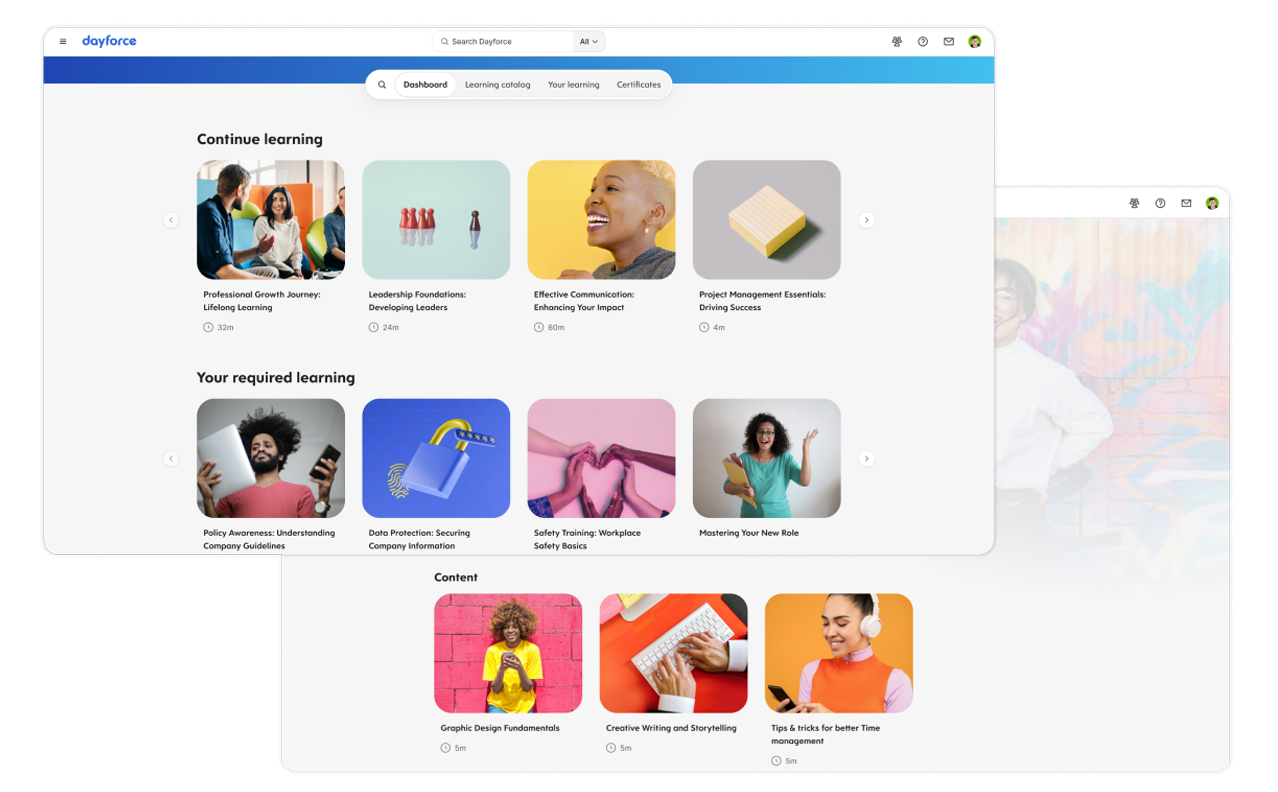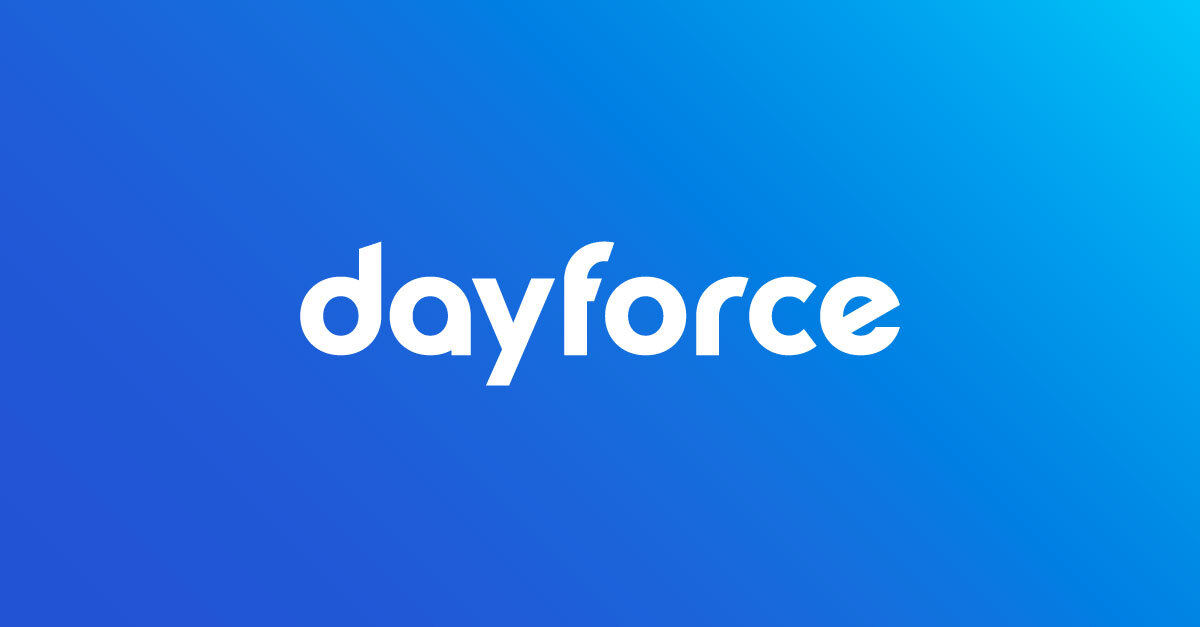3 ways Dayforce can help you turn down the heat on worker burnout
Work energy has always been tough to measure and even tougher to manage – especially at scale. Here are three tools that can help you change that.

Table of Contents
Fighting worker burnout can feel like a losing battle – and an expensive one at that. If you work in HR, you already know that making work life better can be a tough and often thankless task. Burnout, and its impact on worker productivity, is especially hard to manage and even harder to measure. But a new generation of HCM tools can help you proactively address burnout by giving you visibility into your employees’ work energy. These tools can transform how you track, prevent, and relieve the stressors that affect work energy, even showing where your company’s bottom line is affected (you might see some leaders’ ears really prick up at that last one).
Here are three ways Dayforce can help you make a real difference in measuring work energy to help you manage burnout.
A Work Energy Dashboard for real-time insights
Many companies currently trying to tackle burnout at scale use mostly qualitative, employee self-reported methods to track it. The Maslach Burnout Inventory (MBI), for example, is a global standard for diagnosing burnout according to three core symptoms: emotional exhaustion, cynicism, and low personal efficacy. This tool helps you identify burnout in your organization and distinguish it from similar (but different) issues like stress or fatigue.
But our work with HR teams around the world has taught us that there are two missing pieces beyond the definition that you often need to take serious action on burnout:
- A clearer picture of burnout’s root causes
- A quantifiable link to your key business key performance indicators (KPIs)
These needs led us to create the Work Energy Dashboard, a real-time, data-driven dashboard designed to help you track work energy in your organization based on objective, quantifiable metrics.
Unlike traditional approaches, this dashboard doesn’t just measure turnover or engagement as isolated data points. It correlates them with factors like peak work hours, stress indicators, and overtime frequency. Then, using a formula based on extensive research and input from industry professionals, the tool combines over a dozen data points like shift patterns, hours worked, paid time off (PTO) usage, and productivity to help you clearly quantify, benchmark, and track work energy over time. With this tool in hand, you can quickly see how specific actions like workload/schedule adjustments or wellness initiatives may affect burnout levels at your organization.
Mental health resources built to scale
Once you have a clear view of work energy in your organization, Dayforce helps you take concrete steps to manage it. Dayforce Learning can help you start by rolling out targeted, even personalized mental health resources to your teams at scale.
.png)
Since Dayforce is a single AI-powered people platform, our Learning capabilities run on the same data model as the rest of your HCM modules, so your admins can easily combine key data points across the employee lifecycle for a more complete look at how learning content consumption is – or isn’t – impacting work energy, either across your organization or on specific teams. This same single data model can help give your HR team the insight and capacity it needs to offer highly targeted learning content and adjust this content over time for better results.
Self-service scheduling? There’s an app for that
Our work with customers and existing research have taught us that one of the best ways a company can address burnout is to give employees more control over their schedules. Self-service tools for shift swapping, flexible shifts, and personalized schedules can help address all three of burnout’s core symptoms – that’s why we built them into the Dayforce platform.
By giving employees input on when they work, you can help increase their sense of control, inspire trust, and enable them to manage their fatigue more effectively to better prevent or relieve burnout. Research has also shown that allowing self-service shift swapping or preferred scheduling based on a worker’s peak energy levels can make a big difference not only in helping prevent burnout, but also in boosting engagement and job satisfaction to make work life better.
Moving forward
As we all navigate the new world of work, balancing employee wellbeing with budget realities will never be easy. But the tools for striking the best balance are always improving, sometimes in ways that can really change how we manage work’s toughest problems. When those leaps happen, it’s always a good idea to explore how new tools might fit (or not fit) into your organization. This way, you can spend more time doing the work you’re meant to do – unlocking your people potential, operating with confidence, and showing quantifiable value in your quest to make work life better.
You may also like:
Ready to get started?

